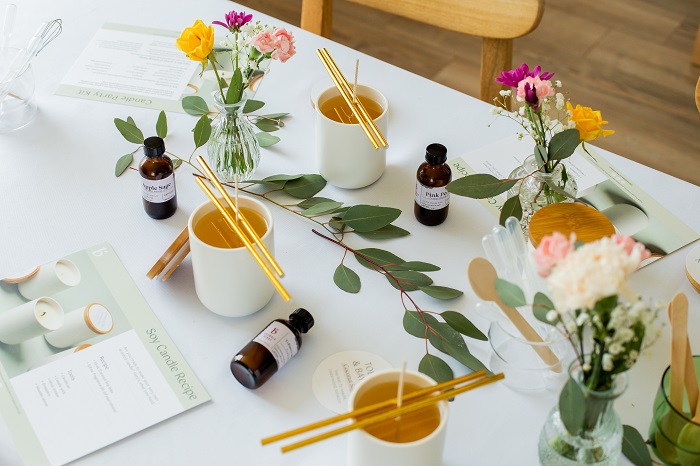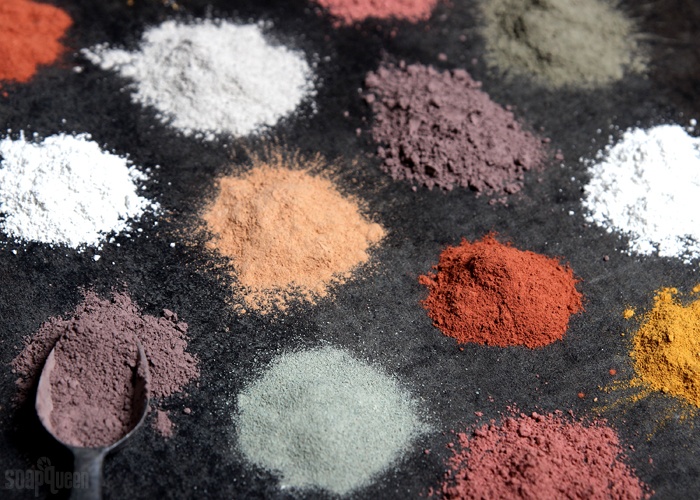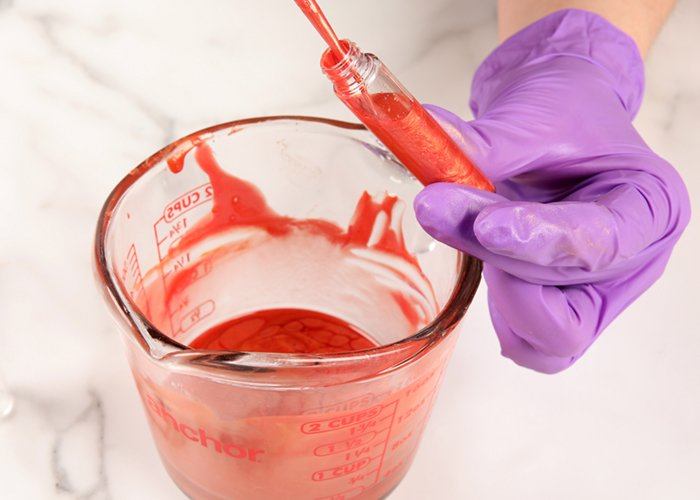Ceramides and Your Skin
If you’ve been seeing skincare products boasting the ingredient “ceramide,” you probably want to know what that is. Ceramides are an oily substance that’s created within our own skin. It helps strengthen your outermost layer of skin, the stratum corneum.
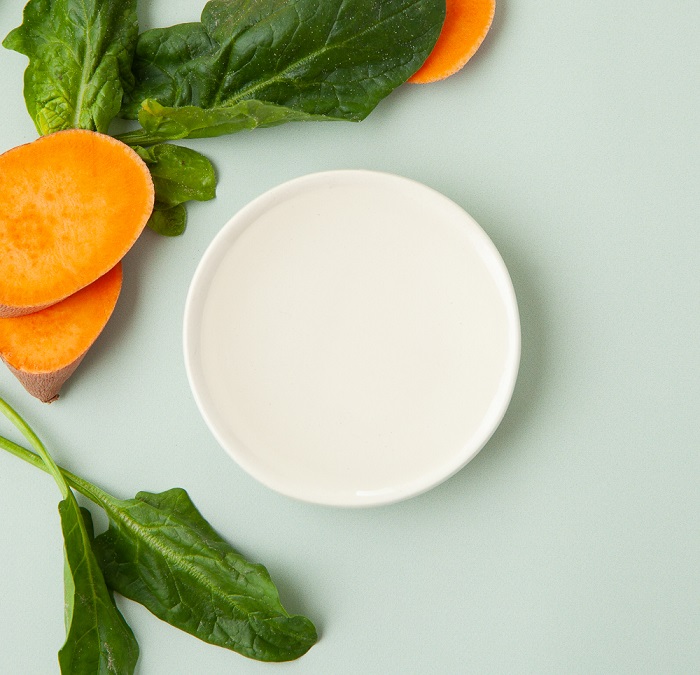
What is the stratum corneum?
The stratum corneum is the outermost layer of skin, and it’s made up of dead skin cells cemented together with ceramide. The cells of the stratum corneum are much tougher than normal skin cells, and they’re layered together kind of like a brick wall. These cells shed from the surface of the skin, and are replaced from underneath, making the stratum corneum a constantly renewing layer. In fact, this cycle only lasts two weeks.
The stratum corneum serves a vital function. It’s your protective layer. It helps protect your skin from environmental stress, infection, and water loss due to evaporation. When the stratum corneum isn’t healthy, it leaves you vulnerable.
It might be strange to think of a layer of dead cells as being healthy, but if your stratum corneum isn’t functioning well, it can develop tears, or it may not shed cells correctly, resulting in dry, ashy skin.
What are ceramides?
Ceramide plays an important role in keeping the stratum corneum healthy. It’s a lipid, or oily substance, that fills in the space between the cells of the stratum corneum, keeping it flexible and preventing it from becoming dry and cracking.
Aging can
slow the production of ceramide in your skin, leaving it less supple and more
vulnerable to the environment.
It’s important to know that
while ceramide and sebum are both lipids, they’re not the same thing. Both
contribute to the outer lipid layer on your skin, but ceramide isn’t
produced from your pores; it comes from inside your skin.
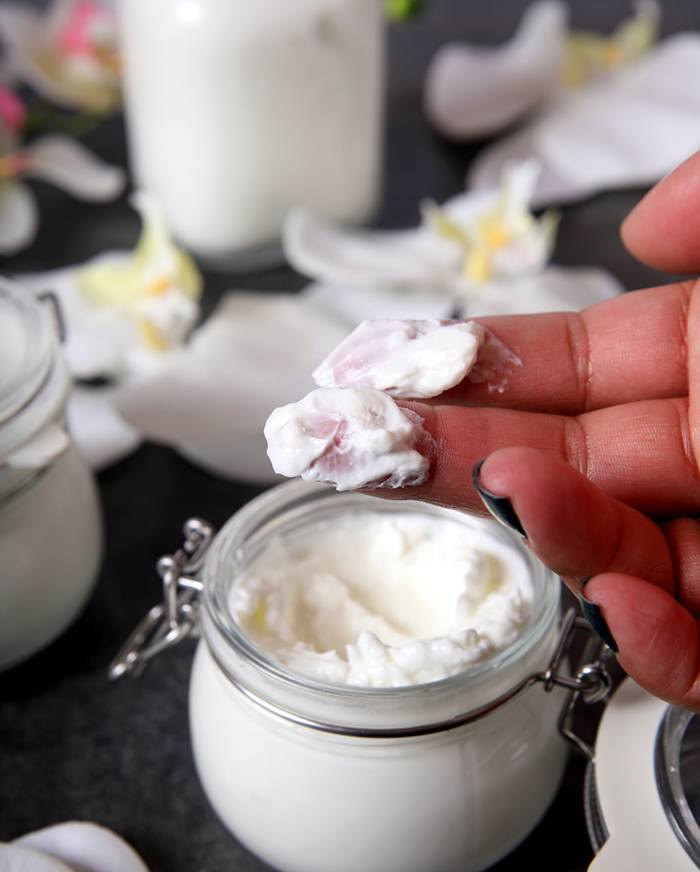
Ceramides in skin care
If disease, environment, or aging reduce your ceramide production, your skin can become dry and vulnerable to infection. At this point, topical application of ceramides can help. Ceramides also have benefits for your hair. Not only do ceramides help keep your scalp healthy (and healthy hair starts with a healthy scalp), They help keep your hair shaft flexible and shiny, and protect it from environmental damage as well.
Ceramides produced for topical application are either derived from plants or created synthetically. Ceramides have been produced from animal sources, but this method is not cost effective, so it is infrequently done. Our ceramides are produced from rice.
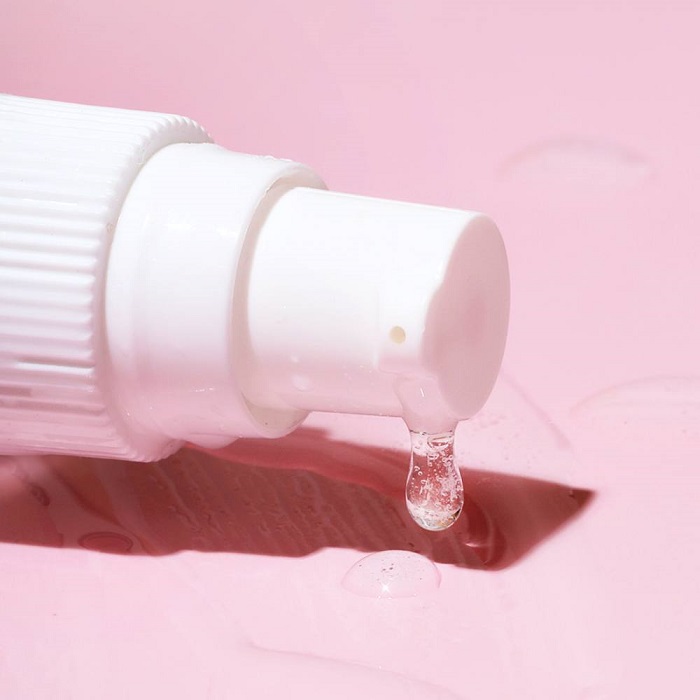
Using ceramides in DIY skin care or hair care
These ceramides are derived from rice. They’re suspended in a glycerin base, so the product appears as a viscous clear or slightly hazy liquid. In water based formulations, the ceramides can be used at 1-10%. In emulsions, it should be added to the water phase, or at cooldown.
Ceramides have a host of benefits for both your skin and your hair, and can be added to moisturizers, serums, conditioners, and more. Adding them to your DIY skin care routine is a great way to take care of your skin and your health.


